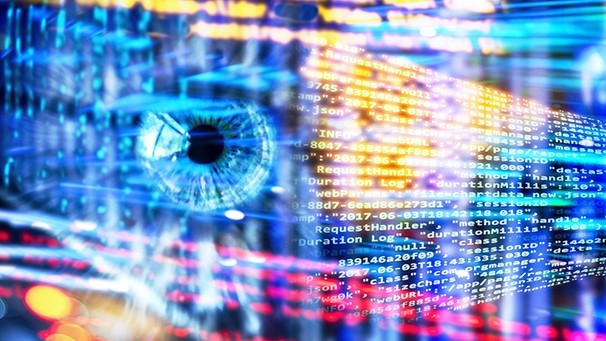The naked human
How artificial intelligence and emotional intelligence try to measure the soul

2018 was the year Big Data reaches our bodies. Gene sequences are stored and analysed in huge databases, tech companies decode human emotions and individual researchers and companies begin to discover even the most complicated human organ as a data source: our brain. I am investigating what “Big Bio-Data“ means for our life and our future ((a) Use case) – and who wants to earn money from the new technologies ((b) Company).
My six takeaways on artificial intelligence and emotional intelligence
1) Automatic emotion recognition
a) Deutsche Post tests face recognition of its customers (Age, gender) as a pilot project in selected branches to personalize advertising (DooH Network)
b) AdPack, SHORE Fraunhofer Institute, Germany
2) Emotional Intelligence
a) AI recognizes emotions in human faces; AI helps autistic people communicate
b) Affectiva, USA
3) Non-verbal skills recognition
a) In job application selection procedures applicants are selected based on non-verbal skills in video-based interviews
b) HireVue, USA
4) Micromimics, gesture recognition, general face recognition
a) AI to Public safety, security, sales, financial industry
- Advanced surveillance system: Developed AI that ensures security in football stadiums through automated categorisations for one client in the Netherlands
- Lie detector: Developed software that detects when someone is lying
b) DeepEyes, Germany
5) Classifier, personality profile
a) Software is said to
- identify personality traits based on facial recognition and thus identify terrorists before they commit a crime, for example (Classifier)
- create personality profile based on face recognition in real-time and in large crowds to protect cities, personalize communication and analyze crowds
b) Faception, Israel
6) Emotion recognition using wireless signals
a) Wifi router used as a device that can capture emotions through walls; Invisible signal rebounds from body, signal is analyzed, emotions are recognized
b) EQ-Radio, MIT, USA
To conclude
Artificial intelligences can now do much better than humans. Analyzing court files, playing chess, diagnosing diseases. But there is one limit: human feelings are alien to computer brains. Still. Because tech companies have long been working on compensating for this shortcoming. They are developing programs that recognize when someone is lying (4), artificial intelligence to help autistic people communicate (2), and even a device that can capture emotions through walls (6). A startup even claims that its software can only identify personality traits based on facial recognition – and thus identify terrorists before they commit a crime, for example (5).